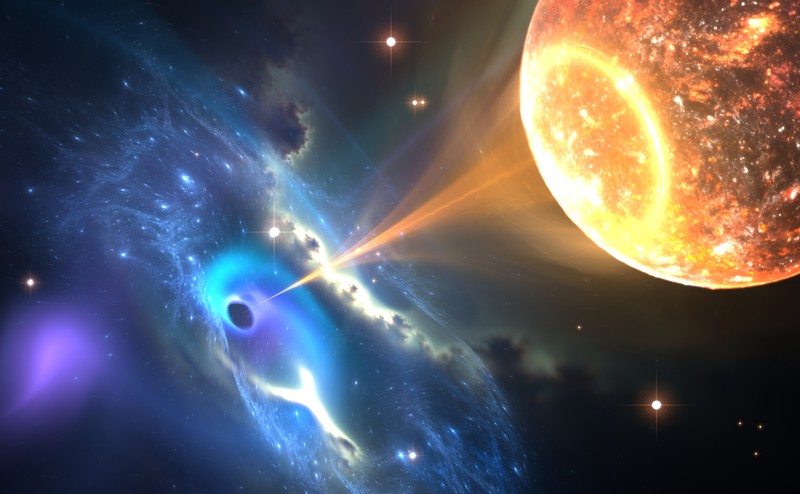Here is more information on how this new measurement technique works:
The flicker of X-rays from the odd binary system was monitored by a detector aboard the International Space Station. Heinz and his colleagues quickly mounted a series of follow-up observations with the space-based Chandra and XMM-Newton telescopes to discover four bright rings of X-rays, like ripples in a cosmic pond, all around the neutron star at the heart of Circinus X-1.
“We can use the geometry of the rings and the time delay to do X-ray tomography,” Heinz explains. “Because the X-rays have traveled on a triangular path rather than a straight path, they take longer to get to us than the ones that were not scattered.
Astronomical distances are extremely hard to calculate so this should give us valuable new clues in studying their properties.
In the coming year there is likely to be an update into this method and what astronomers may find!
thanks to Phys.org for the great info
thanks to NASA for the pic
